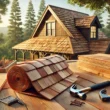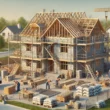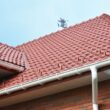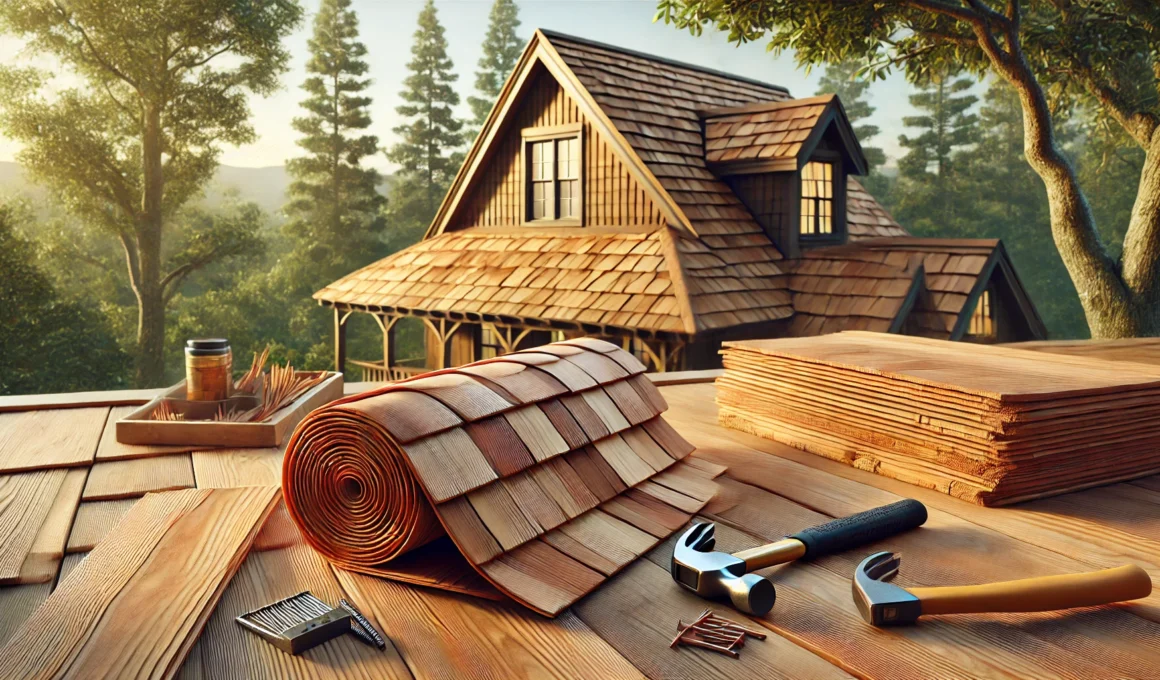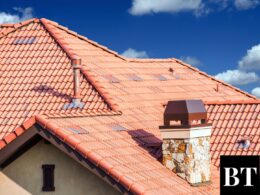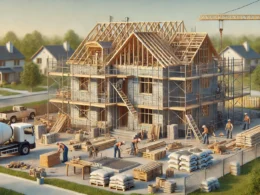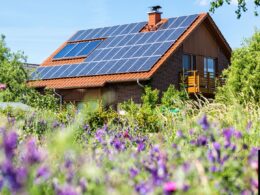Cedar has been a preferred roofing material for centuries, and its use continues today despite the availability of modern alternatives. This enduring popularity raises the question: why is cedar used as a roofing material? This article explores the qualities that make cedar an attractive option, comparing it to other roofing materials to provide a comprehensive understanding of its benefits and drawbacks.
Natural Durability and Weather Resistance
Cedar wood possesses natural preservatives that make it resistant to moisture, decay, and insect damage. This inherent durability allows cedar roofs to withstand harsh weather conditions, including heavy rain, snow, and strong winds up to 130 miles per hour. The wood’s ability to expand and contract without splitting contributes to its longevity, with cedar roofs often lasting 30 to 40 years when properly maintained.
In comparison, asphalt shingles may be less durable, especially in extreme weather conditions. Composite shakes offer enhanced durability and can last up to 50 years, but they may lack the natural adaptability of cedar to environmental changes.
Aesthetic Appeal and Architectural Versatility
Cedar shakes provide a distinctive, rustic appearance that adds character to any home. The wood’s natural hues and textures create a unique aesthetic that synthetic materials struggle to replicate authentically. Over time, cedar weathers to a graceful silver-gray, enhancing its visual appeal.
This aesthetic versatility allows cedar to complement various architectural styles, from traditional to contemporary designs. The ability to customize the look through different cuts and finishes adds to its appeal. Homeowners seeking a timeless and elegant roof often choose cedar for these reasons.
Energy Efficiency and Insulation
Cedar’s natural insulating properties can improve a home’s energy efficiency. By reducing heat loss in the winter and minimizing heat gain in the summer, cedar roofs can lower energy bills by up to 10%. While not a substitute for proper home insulation, cedar’s contribution to energy savings is a valuable benefit.
Other roofing materials like asphalt shingles offer minimal insulation, while composite shakes may incorporate insulating layers but often at a higher cost. Cedar’s balance of insulation and breathability makes it an attractive option for those looking to enhance their home’s efficiency naturally.
Environmental Considerations
Using cedar as a roofing material aligns with environmentally conscious building practices. When sourced from sustainably managed forests, cedar is a renewable resource. Its biodegradability means it won’t contribute to long-term landfill waste, unlike asphalt shingles, which account for millions of tons of waste annually.
Composite shakes may utilize recycled materials, offering an eco-friendly alternative. However, the production process for composites can be energy-intensive. Cedar’s lower environmental impact during production and disposal is a significant advantage for eco-minded homeowners.
Maintenance and Longevity
Cedar roofs require regular maintenance to preserve their appearance and functionality. This includes cleaning to remove debris, treating for moss and algae, and applying preservatives to prevent decay. These efforts can extend the roof’s life but add to the overall cost and effort required.
Asphalt shingles are low-maintenance, requiring minimal attention beyond occasional inspections. Composite shakes offer the durability and appearance of cedar with reduced maintenance needs. For homeowners unwilling or unable to commit to cedar’s upkeep, these alternatives may be more practical.
Fire Resistance Issues
A critical concern with cedar roofing is its susceptibility to fire. Untreated cedar shakes have a lower fire resistance rating, posing risks in areas prone to wildfires. Fire-retardant treatments can enhance cedar’s resistance but may need reapplication over time, increasing maintenance demands.
Materials like asphalt shingles and composite shakes often come with higher inherent fire resistance. This factor is essential to consider, especially in regions where fire safety is a paramount concern.
Cost Analysis
The initial cost of cedar roofing is higher than that of asphalt shingles and comparable to composite shakes. Installation costs for cedar range from $6 to $9 per square foot, whereas asphalt shingles average $3 to $5 per square foot. The long-term costs must factor in maintenance and potential treatments for fire resistance.
While cedar can enhance property value due to its beauty and longevity, the ongoing expenses may not suit every budget. Evaluating the total cost of ownership over the roof’s lifespan is crucial in making an informed decision.
Conclusion
Cedar continues to be used as a roofing material due to its natural beauty, durability, and environmental benefits. Its unique combination of aesthetic appeal and performance makes it a compelling choice for many homeowners. However, the higher costs, maintenance requirements, and fire safety concerns present challenges that must be weighed carefully.
For those who value authenticity and are prepared to invest in proper care, cedar offers a roofing solution that can enhance a home’s character and efficiency. Consulting with experts, such as a Highland Park cedar roof replacement specialist, ensures that you receive professional guidance tailored to your specific situation.
In the end, cedar’s use as a roofing material is justified by its unique advantages. Whether it aligns with your needs depends on your priorities, resources, and willingness to embrace both its benefits and challenges.

